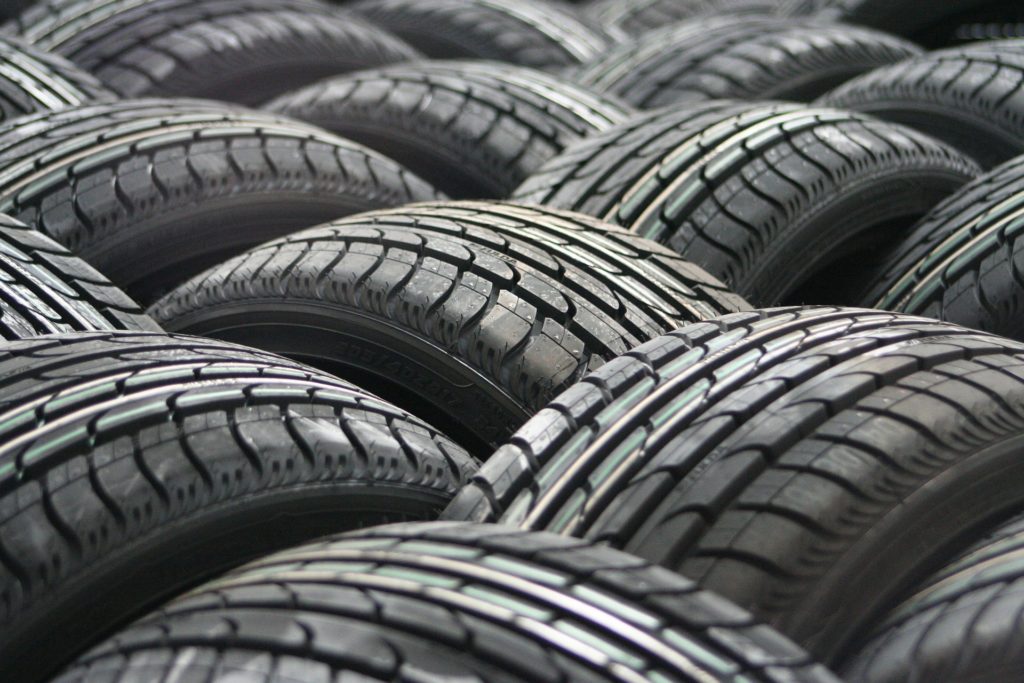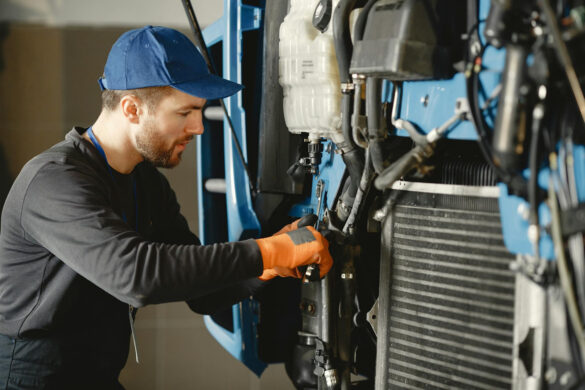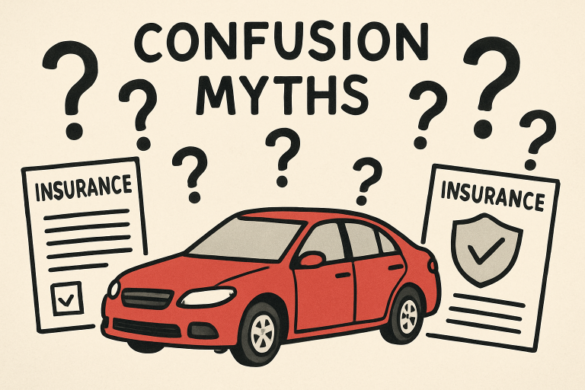When was the last time you changed your tires? If it’s been a while, check out this guide to see if you’re in need of new tires.
The tires on your car withstand the greatest amount of wear and tear over any other part of your vehicle. Through rain, sand, sleet, and extreme heat–your tires see it all.
So it’s no wonder that over time they will need repair and replacing. But instead of visiting a mechanic to tell you when, you can simply figure out for yourself!

Here are 5 obvious signs it’s time for a fresh set of new tires…
When to Invest in New Tires
A tire blowout can have catastrophic consequences. You could lose complete control of your vehicle and crash or even injure an innocent bystander.
Because of this, it’s important to maintain your car tires and do a few necessary checks to see what kind of shape they’re in.
If you’re unsure on the best type of tires to go for or looking for specific rims for sale, it’s best to inquire with a car dealership or a tried and trusted mechanic.
Look for these signs when doing your tire checks:
-
Tire Tread
Tire tread is what keeps your car from slipping and sliding all over the road, most especially when it’s wet. If your tire tread is terribly worn down, it’s time for tire replacement.
As a standard, your tire tread should never drop below 1/16 of an inch or 1.6 millimeters. But you don’t need any fancy tools to see that your tread is well worn. In fact, all you need is a penny.
Insert a Lincoln-head penny between a groove of your tire. If Lincoln’s head remains fully visible, your tread is very worn!
-
A Visible Tread Wear Indicator Bar
Most modern-day tires are manufactured with tread wear indicator bars which help drivers to recognize when tires need replacing.
The newer your tires, the less visible this tread wear indicator bar will be. As your tread wears down, the indicator bar becomes more visible.
They appear as a flat bar, running perpendicular to your tire tread. If more than two indicator bars appear on each of your tires, it’s time for some new wheels!
-
Sidewall Cracks
Sidewall cracks are particularly relevant to very old tires that are close to a blowout or developing a leak.
These are relatively easy to spot and will appear in the sidewall of your tire as distinct grooves or cuts in the tire material. Luckily, sidewall cracks can be repaired by a mechanic, but it definitely means your tires are on their way out.
-
Blisters and Bulges
The older your tires, the more the outer surface of the material begins to wear down. This wear and tear presents itself in the form of tire blisters and bulges that extend outwards from the surface of the tire.
These blisters and bulges are essentially weak spots all along your tire which can lead to a slow leak or sudden blowout.
-
Excessive Vibration
All cars vibrate to an extent while driving, especially across badly paved or worn down roads. But if the vibration becomes excessive, this is an indication of an underlying problem.
It could mean several things, but most notably, wheel misalignment, wheel imbalance, or poor quality shock absorbers. It can also indicate a problem within your tires, so it’s worth determining the root of the problem before your tires need to be replaced completely.
Stay Safe on the Road with Odd Culture
Purchasing a set of new tires is the wisest choice you’ll make to ensuring you’re safe on the road.
Looking for more tips on road safety? Check out this blog on driving rules and regulations to help you stay out of accidents!








